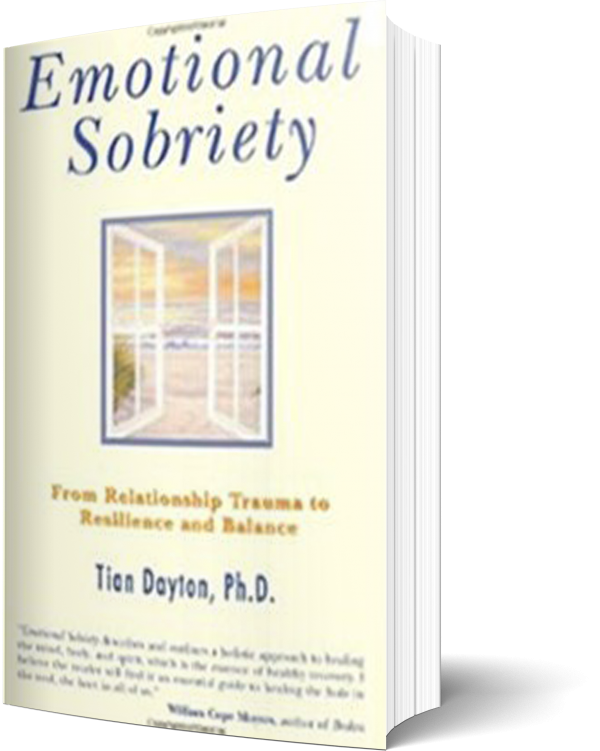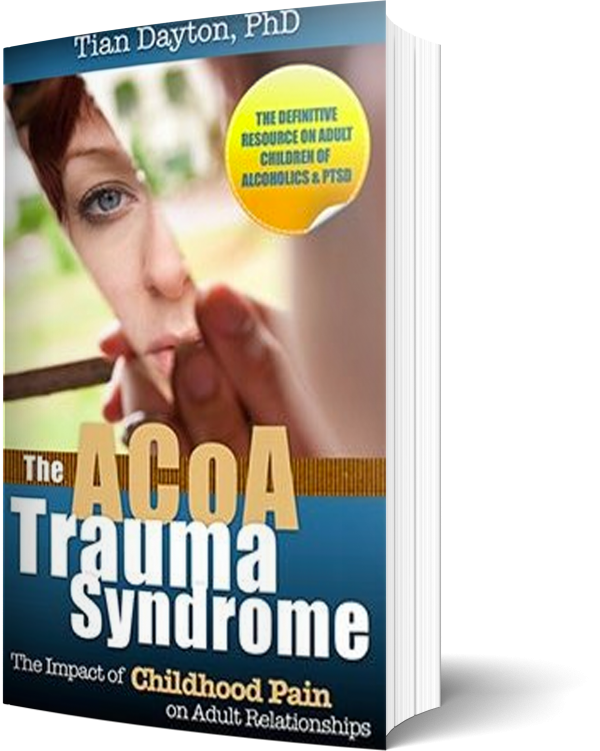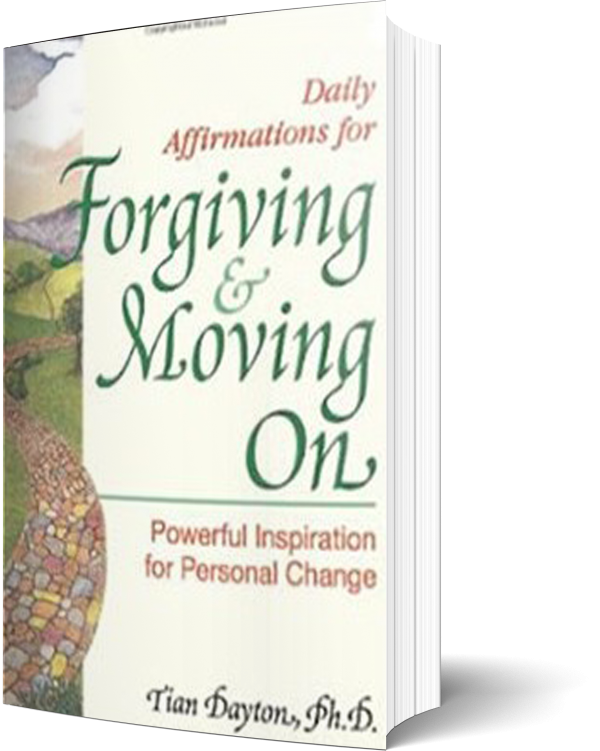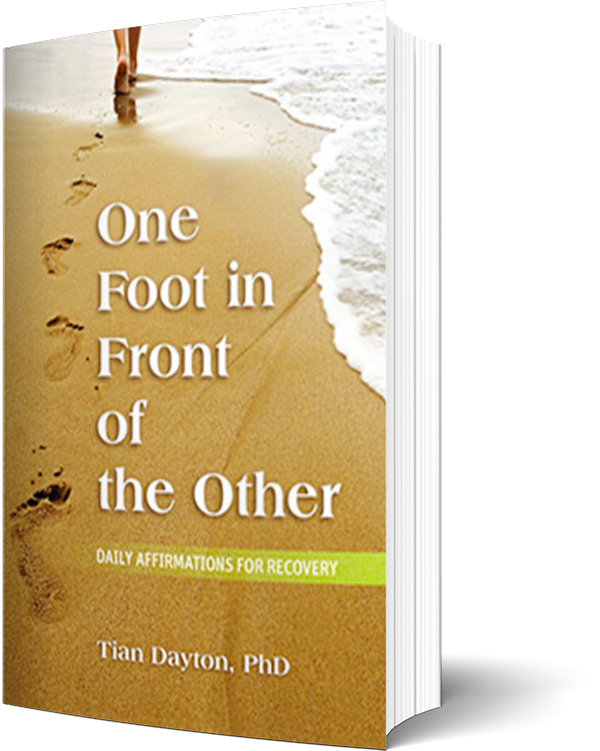This is mental health awareness month. Which means, in my experience, that it is still, to some extent at least, alcohol awareness month. Many people who suffer with undiagnosed depression or anxiety reach for alcohol or drugs to calm their nerves or relieve them of emotional pain. In other words, they self-medicate. Rather than seek out some help in managing depression, anxiety or chronic resentment, they seek their own solution — a solution which, while it works pretty well for a while, eventually complicates the issues and leads to more pain. It’s the same sort of premise as having access to your own morphine drip: You administer your own dose whenever you begin to feel pain.
Hiding in Plain Sight
Many people can get rid of temporary pain by having a couple of drinks and calming down in the evening, say, or by knocking back some “liquid courage” before facing a social event. For some, there’s no more to it than this, and their use of alcohol remains fairly benign. But for another group, a group that is larger than any one cares to admit, the solution slips into a dependency, and the dependency slips into an addiction. Slowly, this group becomes trapped in their own solution. Not only can they not quite face an evening without some “help,” but their own healthy coping strategies begin to atrophy through lack of use. And as they increasingly depend more and more on a substance to change their mood, their relationship with that substance comes to have a life of its own. Pretty soon you aren’t really sure who you are talking to at dinner: Is it the person you remember or that person “under the influence”? Is it the “booze talking” expansively, angrily, or overly confidently, or is it them?
The connection between alcohol/drugs and mental health is not made enough and cannot be made too often. Once a using pattern begins, often innocently enough, it can come to have a life of its own. No longer is the person downing a drink — now the drink is downing the person.
And then there is the rest of the family, the people who don’t make it to the front page of any tabloid because they are not the ones with the “problem,” but for every one one person alcohol and drugs take, there are seven or eight others in the wings, seven or eight others who lives are profoundly affected by living with another person’s addiction, another person’s mysterious medicated depression or their strange anxiety that liquor turns into something else, something much harder to recognize, accept or reason with. The addict’s disease becomes disguised, hidden beneath the ritual of cocktails. Their long dinners lingering over bottles of wine, their diatribes on politics, their strange and singular possession of a subject that they cannot seem to let go of and have to remain in control of lest the pain they are seeping out through it, leaking slowly onto everyone else, break loose somehow and get all over everything. Their addiction is morphing into odd behavior, twisted thinking, lack of empathy for those around them. It is so strange being around someone who uses alcohol or drugs to manage inner pain, resentment or anxiety because they, more than anyone, are convinced of their own rightness. They are brittle on the subject of their increasing use, on any subject for that matter. They take over the dinner conversation, drive delicate points way too hard, go on long and tedious harangues about which they appear to have unduly strong feelings. Their eyes slowly glaze over and you know that they do not fully see you, or care to see you. But the person they really do not see is themselves. They are hiding in plain sight. Caught on a wheel of self-medication that rolls its way through the person, across the dinner table and along the path of the next generation.
The Endless Cycle
When alcohol or drugs are used as our “go to” for getting through difficult moments, managing social or interpersonal anxiety or managing real, emotional pain, a self-destructive cycle gets going that looks something like this.
1. There is something that is bothering us, a down mood we can’t shake, a social or personal anxiety that keeps us anxious or a depressed/angry feeling we don’t know how to manage.
2. We discover that 1-3 drinks or maybe some pot or even a drug really takes the edge off. We feel lighter, less self-conscious, more confident and able to cope. We’re less anxious, worried or down.
3. The more we use these “solutions” to cope, the less we learn to cope on our own, we become dependent on a substance to manage our inner world and less able to manage it on our own.
4. Our dependency nags at the corners of our mind. We’re not ready to admit to it, so we develop little ways of hiding it, first from ourselves and then, of course, from others. The more silently anxious we become, the greater our need for our drink or drug (or behavior, sex or money addiction, for example) to cope.
5. Our dependency deepens, our anxiety about our dependency deepens, our wish to hide it deepens. We live further and further away from our own inner truth. The further we are away from self-honestly, the less likely we are to admit we have a problem. And the more we rely on alcohol or drugs to hide our growing shame. And the more we look for excuses under which to hide our behavior.
6. Life complications. About this time other people are noticing that something isn’t right. Others become preoccupied with the “problem that cannot be talked about.” Now we not only have the initial anxiety or depression that was driving the wish for self medication, but we have a growing dependency on a substance or behavior.
7. Addicts’ inner pain, shame and loss of self honestly becomes more painful to them, consequently their need to self medicate to drown that inner pain increases. Their use and abuse increases, their pain and shame increases, their hiding and projecting increases.
8. Addiction takes hold and this cycle is repeated over and over and over again. And the more pain, the more projection.
About this time, the addict (and too often the spouse of the addict, who can be very invested in keeping the growing problem hidden) start looking for scapegoats. They may throw the hot potato a generation forward onto kids. Couples can unite and choose a child as a scapegoat, they make more than necessary of a kid’s problems and project the “hot potato” onto them. Or they may throw it a generation back into their family of origin, getting unduly preoccupied with their parents or siblings problems. Or the addict has subjects that come to be more soap box rants than interests or discussions — they project their inner angst at the world at large, anything to get rid of the pain inside of them, any port in a storm. All of this is silently designed to keep the microscope away from them. To keep people from looking at what is really going on, and for the addict, to keep from having to part with their now beloved substance, behavior or “solution.” They are hooked, and they in one way or another hook everyone around them.
The cycle of self-medicating emotional or psychological pain such as depression or anxiety with drugs, alcohol or addictive behaviors gains traction and rolls through the generations. But no one knows quite what is happening or why.
I will talk more about “compulsive combinations” or the brain chemistry or addiction and the intergenerational spread of self-medication in future blogs.
For more by Dr. Tian Dayton, click here.
For more on addiction and recovery, click here.
Need help with substance abuse or mental health issues? In the U.S., call 800-662-HELP (4357) for the SAMHSA National Helpline.





